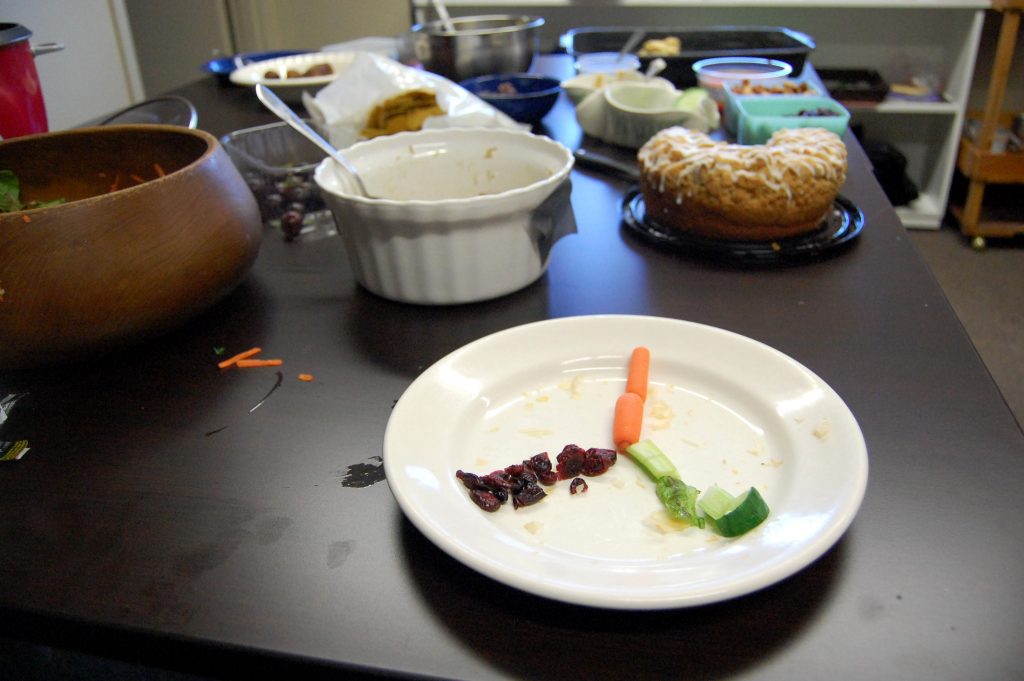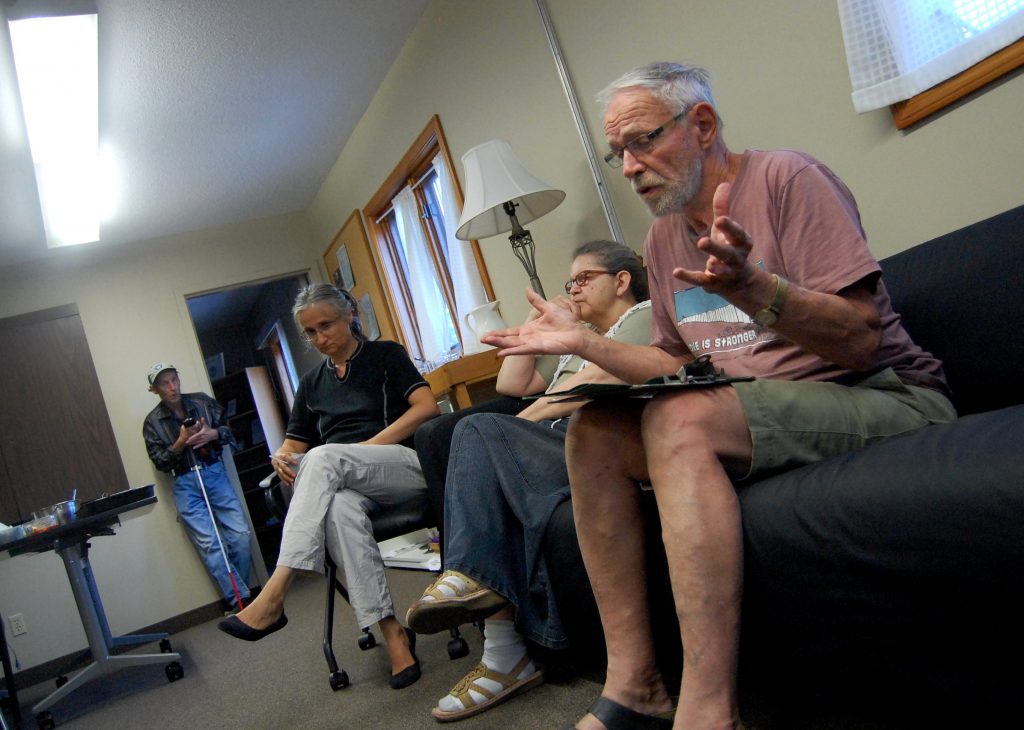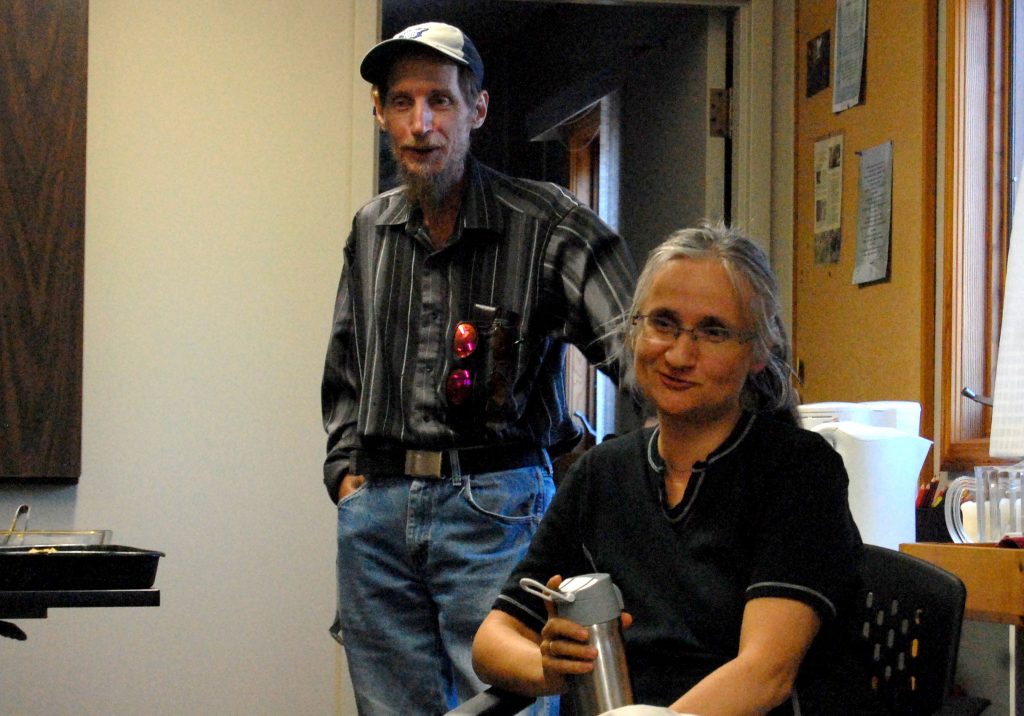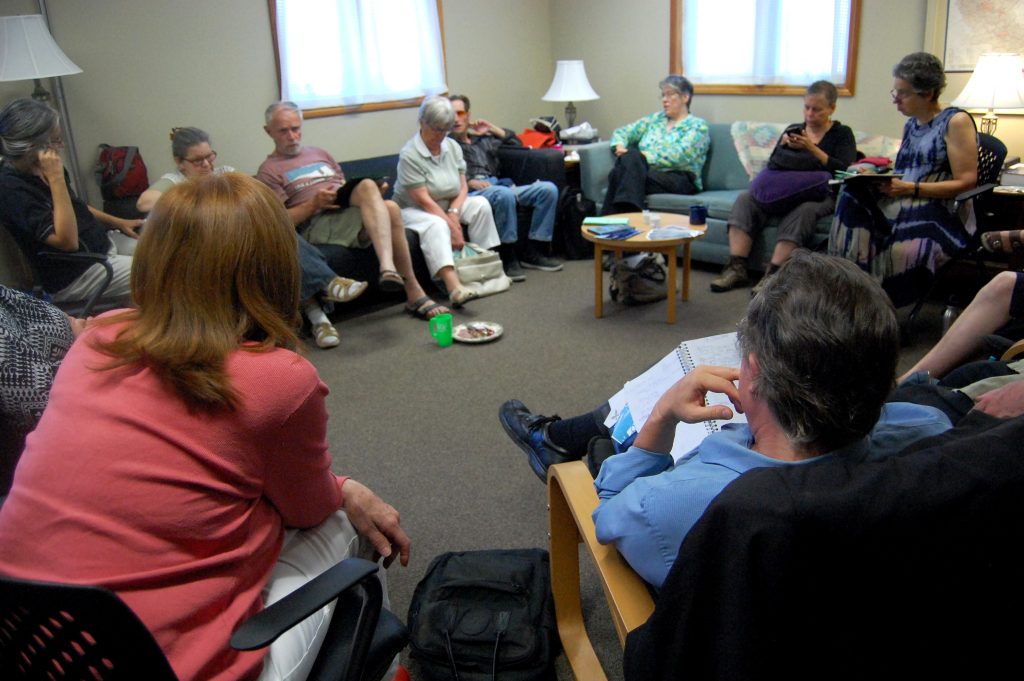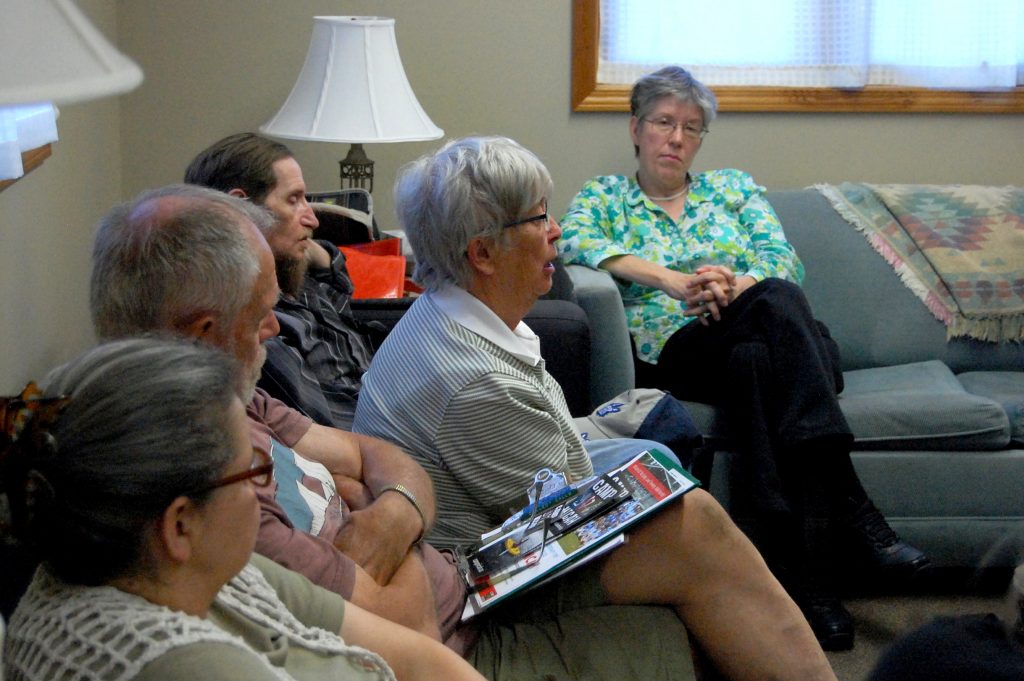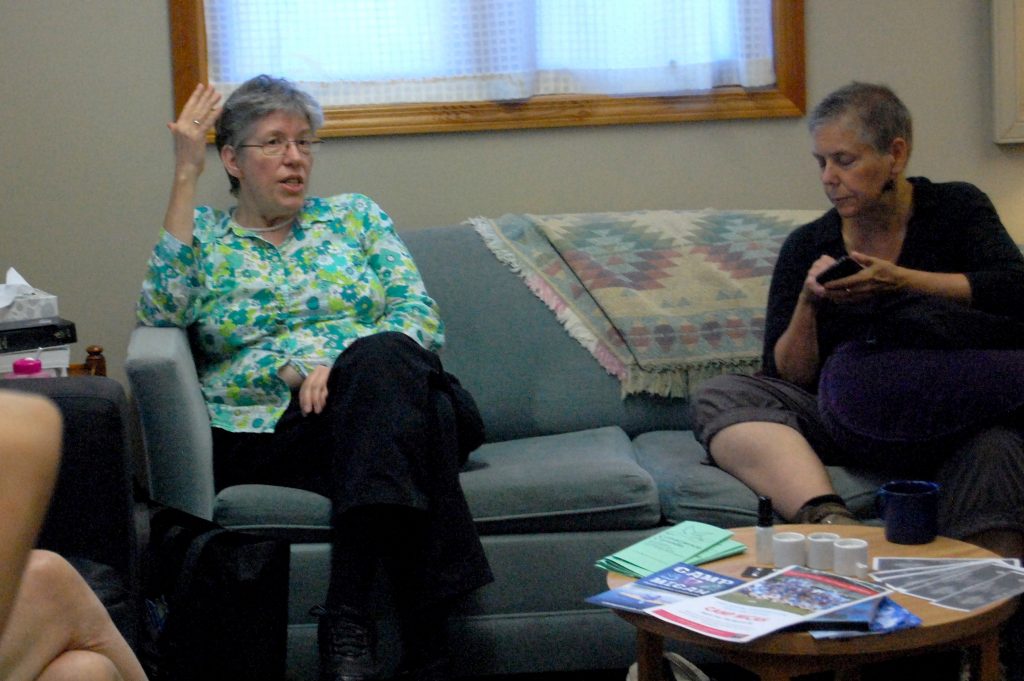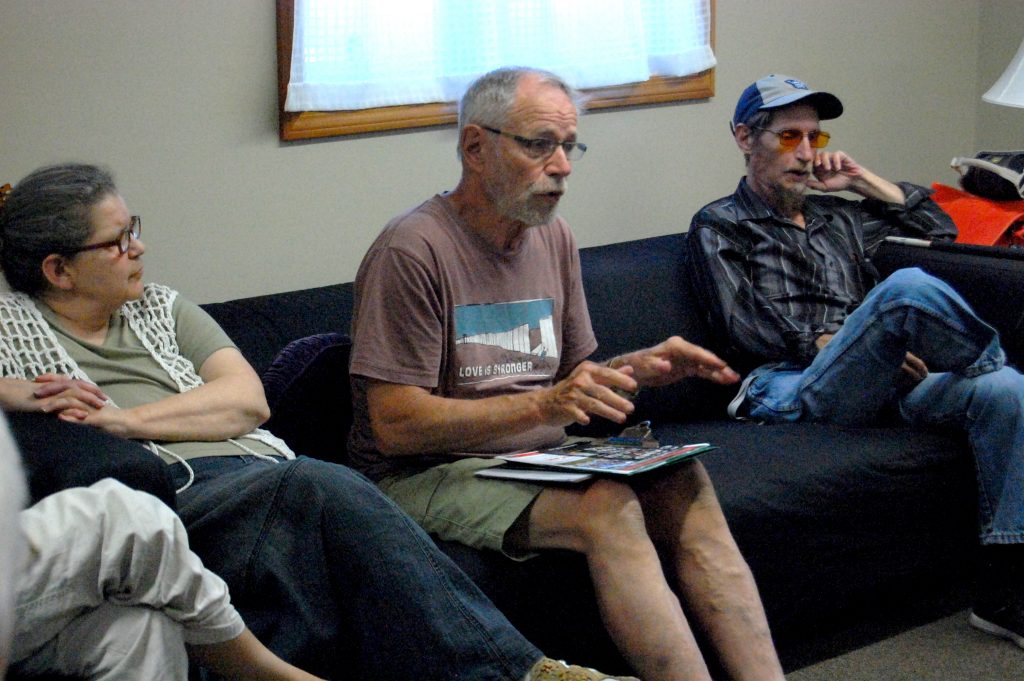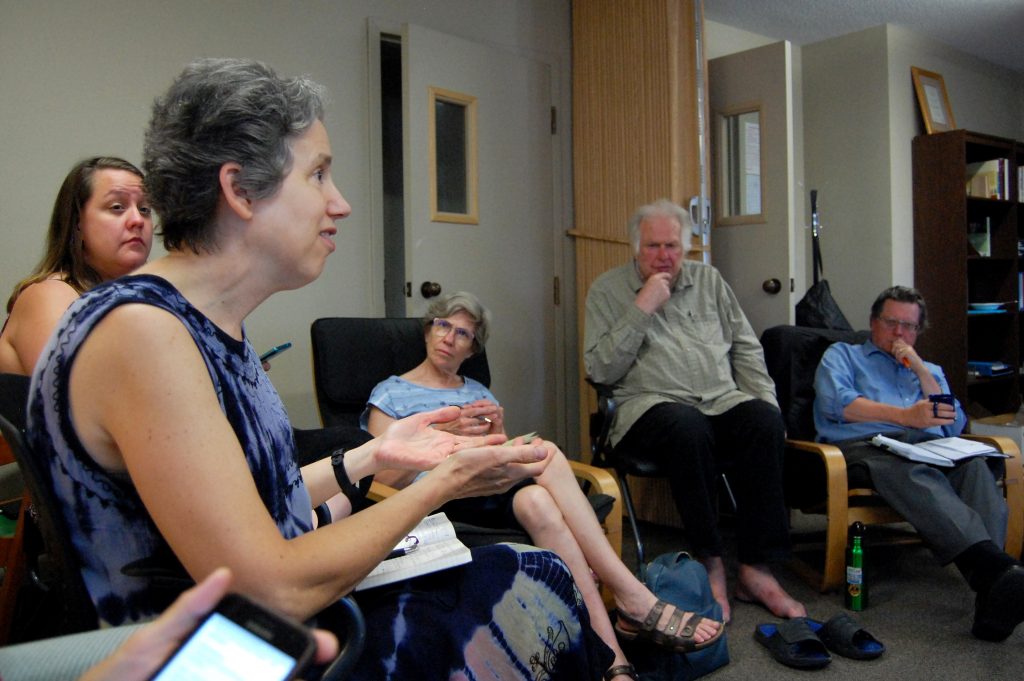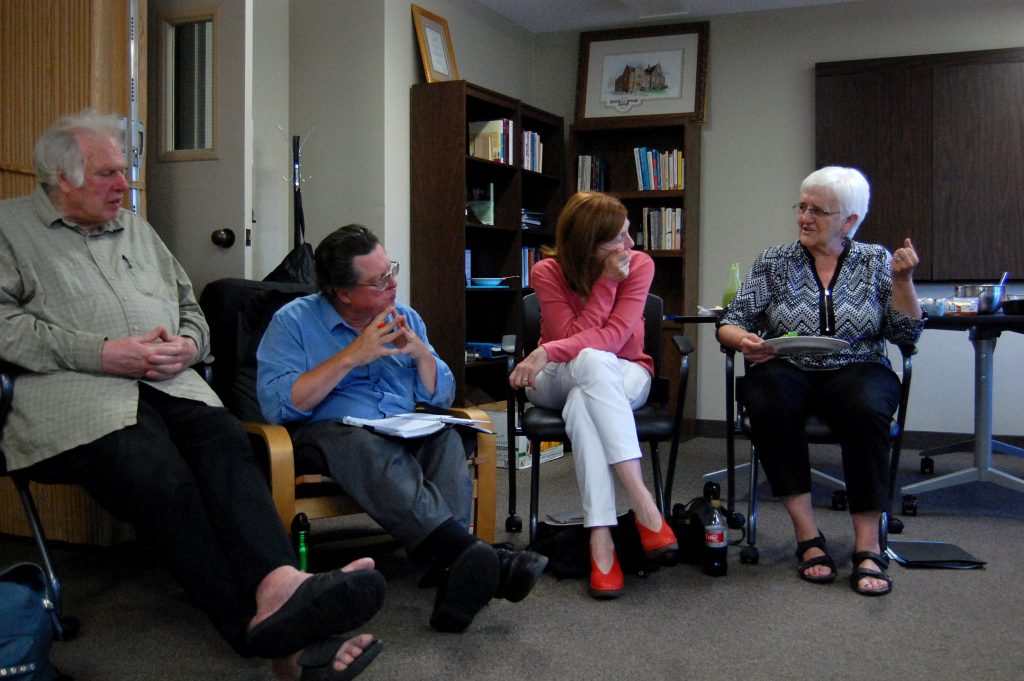This post was mirrored from Christmas Dinner Plans by the Kitchener—Conestoga Greens.
Even if Mr Ford hadn’t decided to put a stop to the $15 dollar minimum wage, it wouldn’t have raised minimum wage earners above the Low Income Cutoff (LICO) for Waterloo Region. Although we’re told we ‘recovered’ from the recession of 2008, Canadians earning minimum wage nearly doubled (from 6% – 10%) between 2017 and 2018. Minimum wage jobs don’t just have low pay, very often they are for precarious work.
Although Waterloo Region is a rich community, many members of our community are financially strained during the holiday season. (And for the rest of the year, too.)

Download the PDF
That’s why the Green Party supports raising the minimum wage to a living wage, and implementing a Guaranteed Livable Income (universal basic income set at 10% above LICO). You can find out more about Basic Income from our friends at Basic Income Waterloo.
Unfortunately that’s not going to happen until we start electing more Greens. In the meantime, people are living in poverty and Christmas is coming.
The following is a list of free Waterloo Region Christmas Dinner options for people in need. If you (or anyone you know) is in need of a good dinner over the holidays, please share. (And if you’re able I imagine these organizations would welcome volunteers.)
I’m not sure who originated this list (I received as a paper handout), but most of the dinner locations listed here are for the City of Kitchener. If you know of any others in the rest of the region– Cambridge, Waterloo or the Townships, please share and I’ll add them to the list.
Friday December 14th, 2018
Trinity United Church – Christmas Dinner Community Can Dine – Elmira, Ontario
6:00pm-7:30pm
21 Arthur St. N., Elmira Ontario
Saturday, December 15th, 2018
Stirling Avenue Mennonite Church – Regular Saturday Supper
open 5:00pm-8:00pm – Supper served 5:30-7:30pm
57 Stirling Avenue North, Kitchener
Sunday, December 16th, 2018
KCI Christmas Dinner
10:45am – 1:30pm
787 King Street W., Kitchener (enter off King Street)
Tickets available at St. John’s Kitchen or St Mark’s Church
(Limited tickets available last week of November and first week of December)
Thursday December 20th, 2018
St. John’s Kitchen – Festive Dinner
11:30am to 1:00pm
97 Victoria Street North, Kitchener
Friday December 21st, 2018
St. John’s Kitchen – Regular Hours
11:30am to 1:00pm
97 Victoria Street North, Kitchener
Saturday December 22nd, 2018
Stirling Avenue Mennonite Church – Regular Saturday Supper – open 5:00pm-8:00pm
Supper served 5:30-7:30pm
57 Stirling Avenue North, Kitchener
Sunday December 23rd, 2018
Caper’s Sports Bar – Christmas Dinner
Noon – 3:00pm
1 Queen Street North, Kitchener
*Toy and Clothing giveaway
Monday December 24th, 2018
St. John’s Kitchen – Festive Dinner
11:30am to 1:00pm
Meal by St Vincent de Paul
97 Victoria Street North, Kitchener
Ray of Hope – Festive Dinner
7:00pm-8:30pm
659 King Street East, (Back Door) Kitchener
Tuesday December 25th, 2018
St. John’s Kitchen – Christmas Dinner by Friends of St John’s Kitchen
11:30am to 1:00pm
97 Victoria Street North, Kitchener
Ray of Hope – Regular Dinner
7:00pm-8:30pm
659 King Street East, (Back Door) Kitchener
Wednesday, December 26th, 2018
First United Church Christmas Buffet
11:30am-1pm
16 William Street, Waterloo
Thursday, December 27th, 2018
St. John’s Kitchen – Festive Dinner
11:30am to 1:00pm
97 Victoria Street North, Kitchener
Friday, December 28th, 2018
St. John’s Kitchen – Festive Dinner
11:30am to 1:00pm
97 Victoria Street North, Kitchener
Saturday, December 29th, 2018
Stirling Avenue Mennonite Church – Regular Saturday Supper
open 5:00pm-8:00pm – Supper served 5:30-7:30pm
57 Stirling Avenue North, Kitchener
Sunday December 30th, 2018
Ray of Hope – Lunch
Noon-1:30pm
659 King Street East, (Back Door) Kitchener
Monday, December 31, 2018
St. John’s Kitchen – Regular Hours
11:30am to 1:00pm
97 Victoria Street North, Kitchener
Tuesday, January 1st, 2018
St. John’s Kitchen CLOSED
Wednesday, January 2nd, 2018
St. John’s Kitchen – Regular Hours
11:30am to 1:00pm
97 Victoria Street North, Kitchener
 –
–






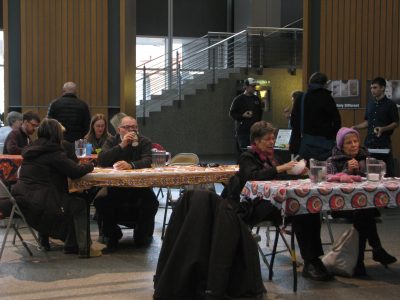
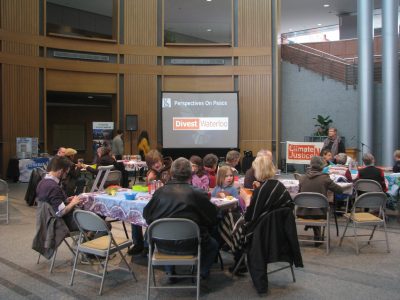








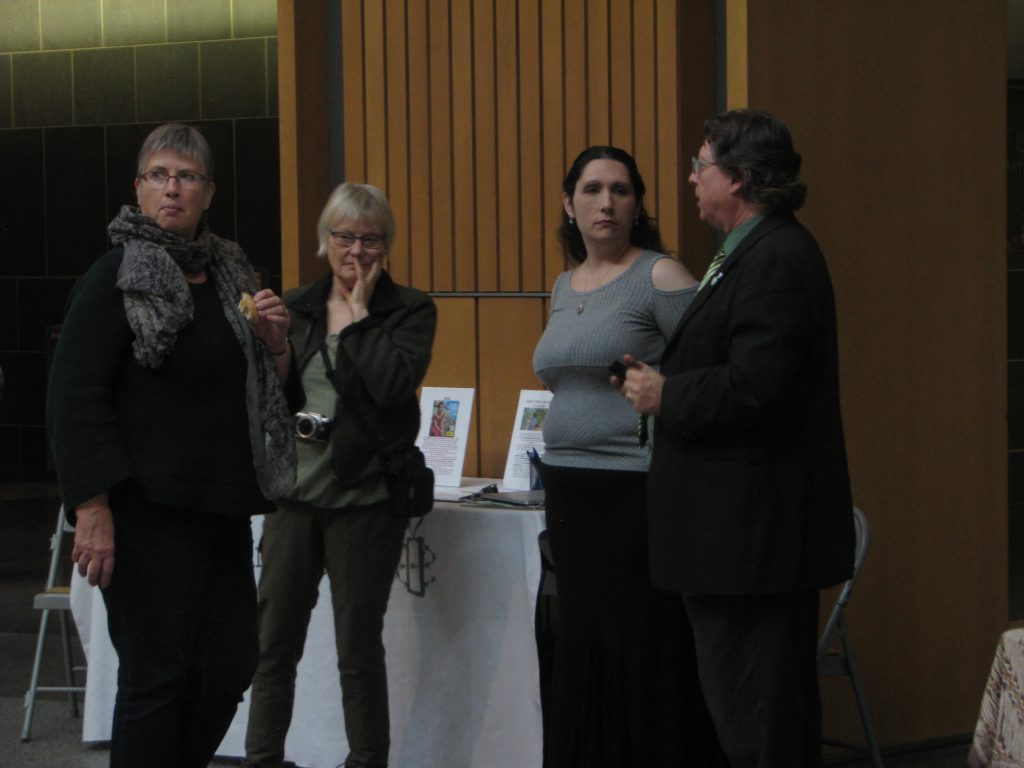
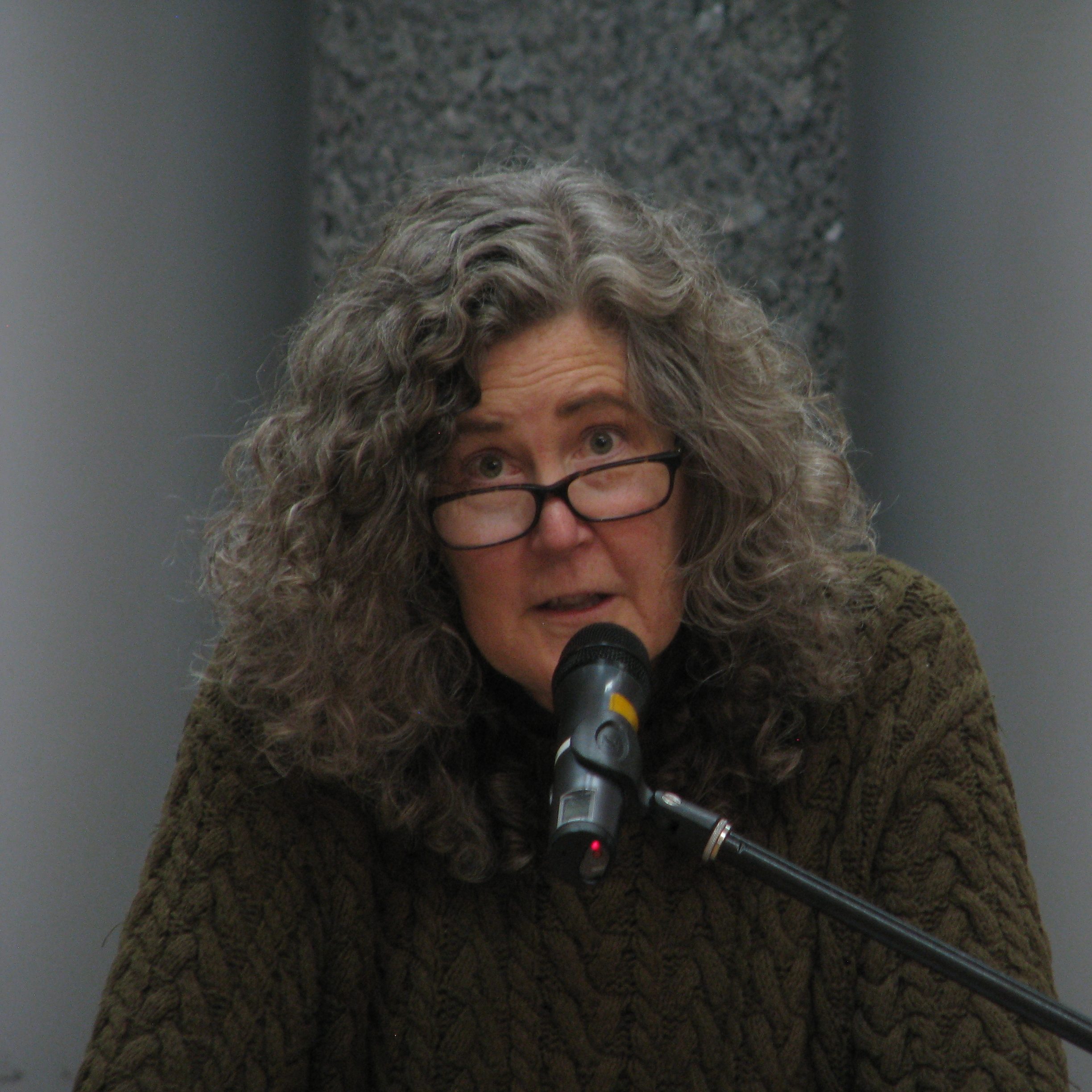


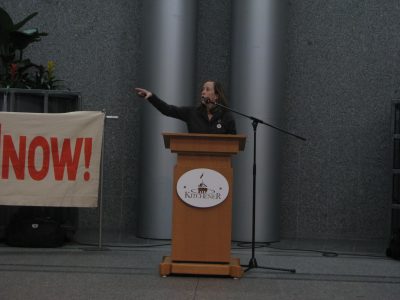
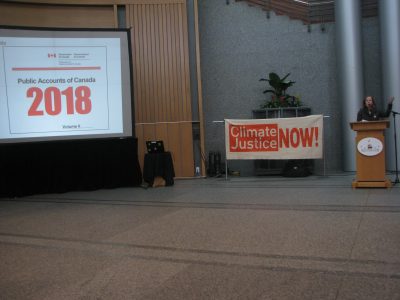


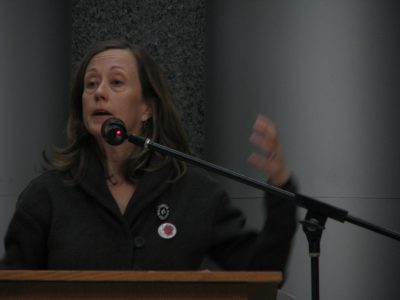
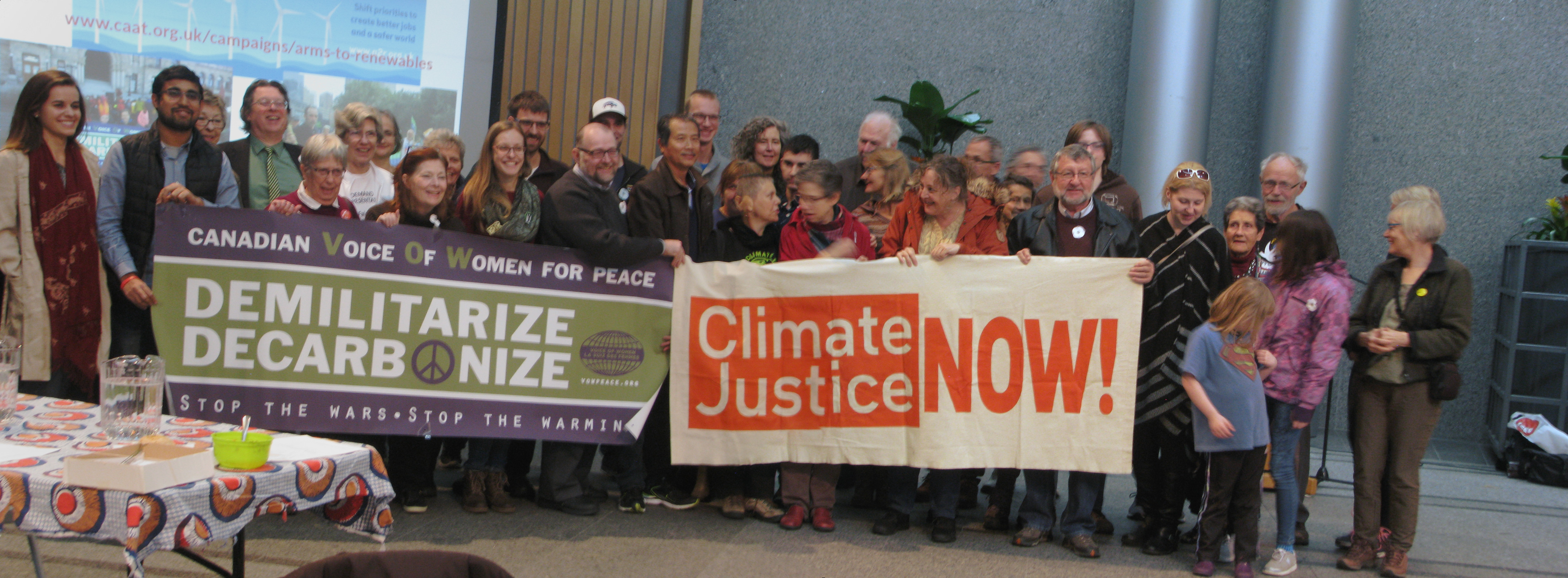
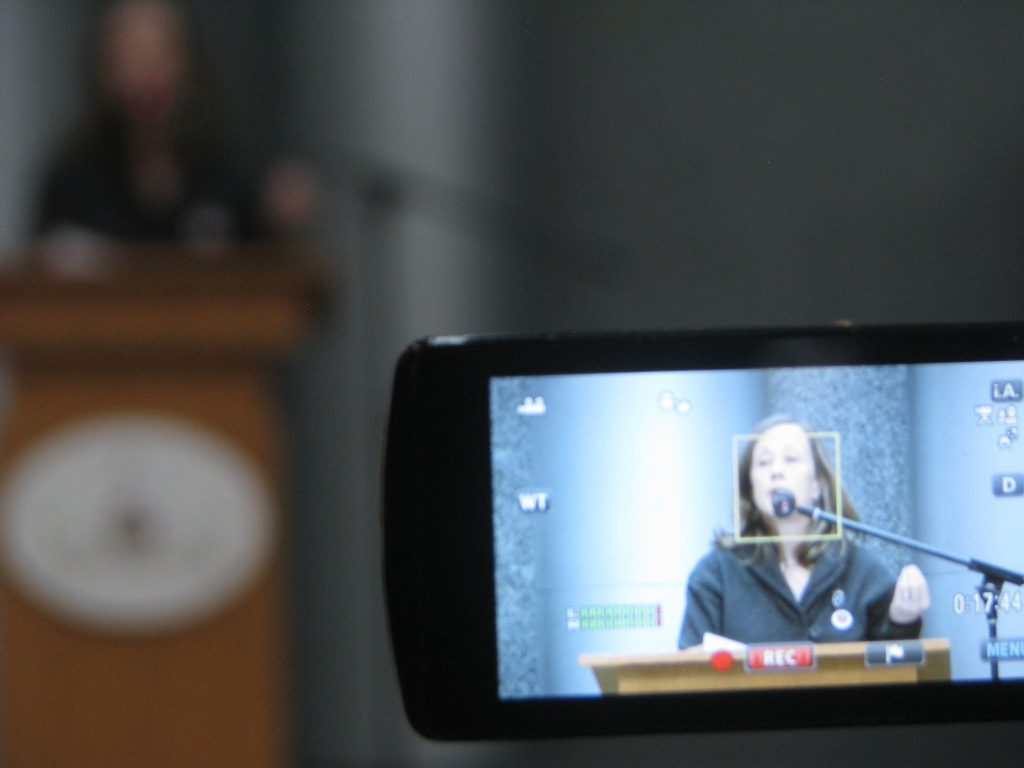
 Creative Commons Attribution 4.0 International
Creative Commons Attribution 4.0 International Are you an organizer for a Waterloo Region group that advocates for Peace, Nonviolence, or one of the many faces of Social Justice? Please join us at the Fall 2018 KWPeace Potluck Meeting.
Are you an organizer for a Waterloo Region group that advocates for Peace, Nonviolence, or one of the many faces of Social Justice? Please join us at the Fall 2018 KWPeace Potluck Meeting.


